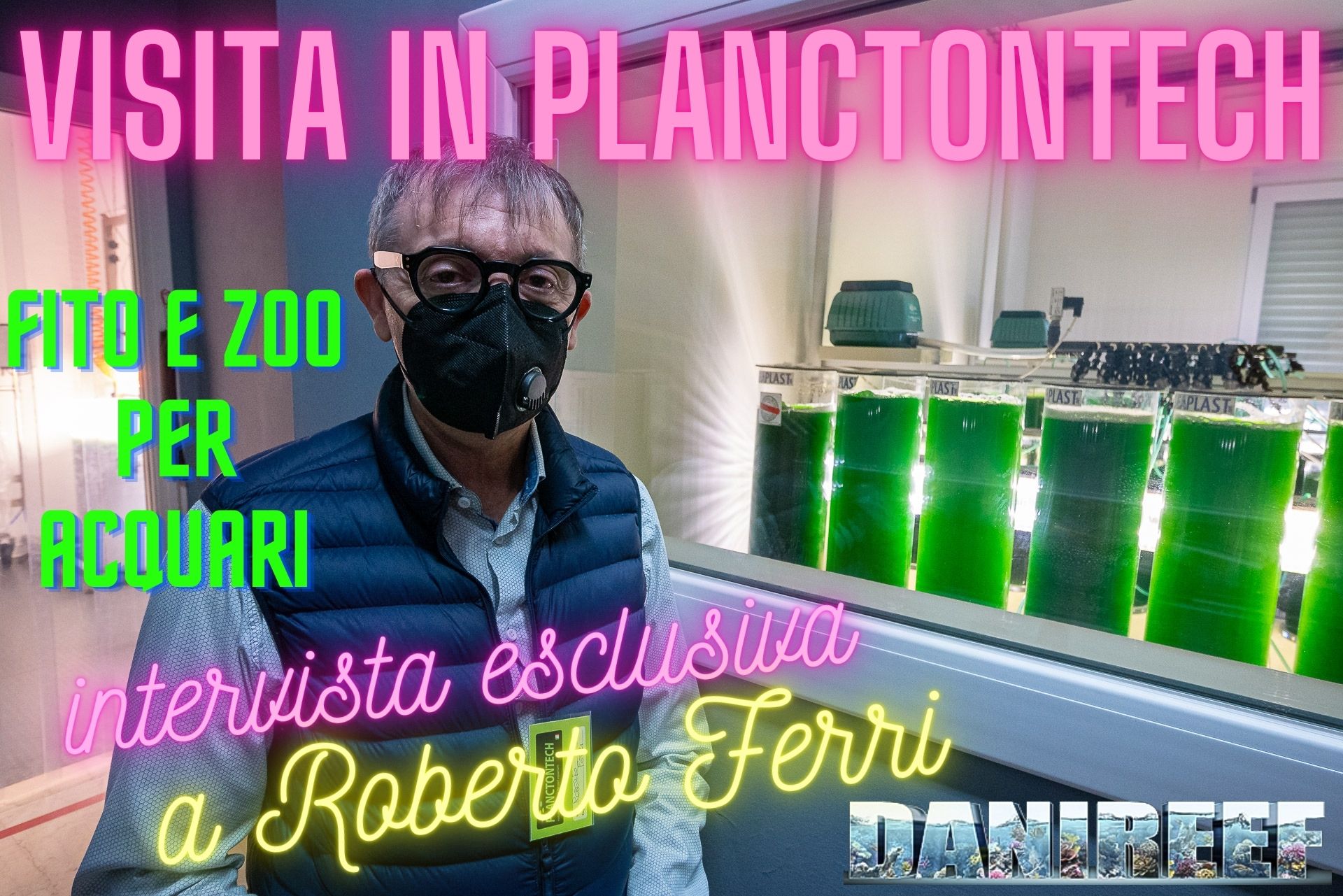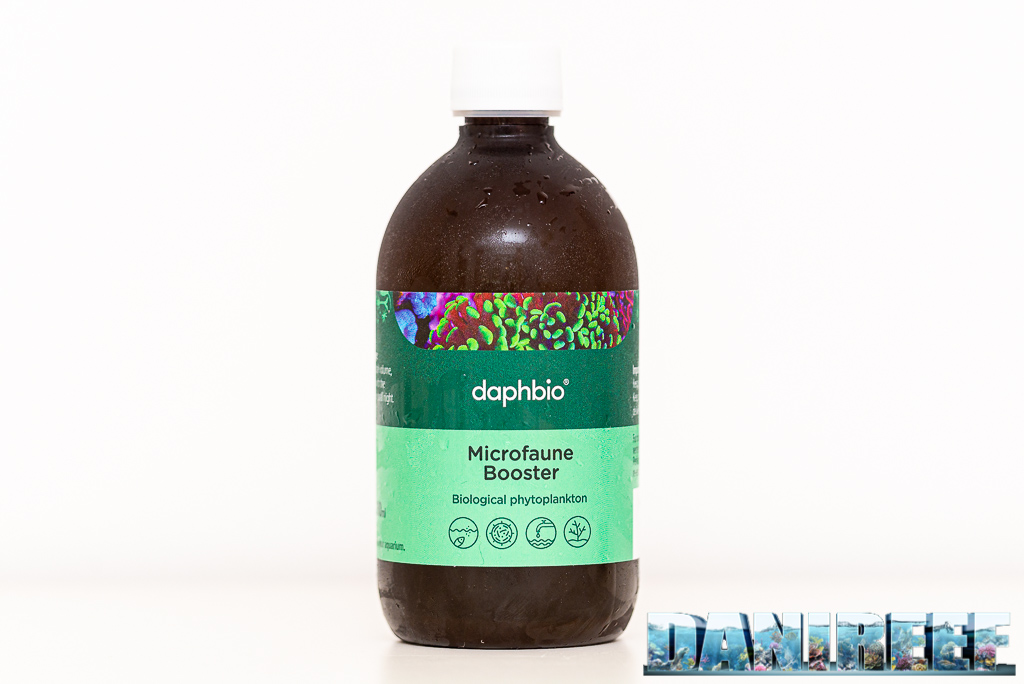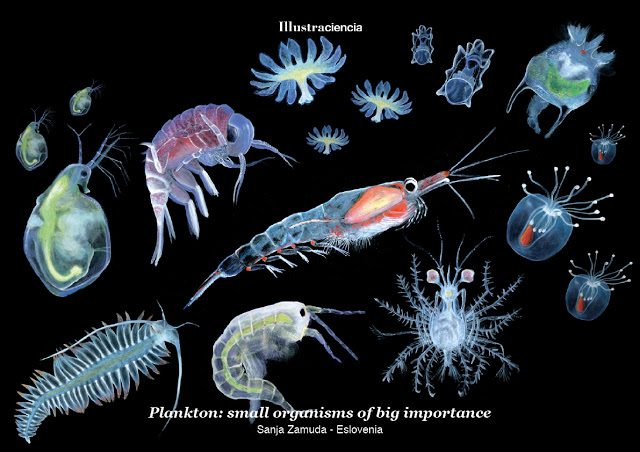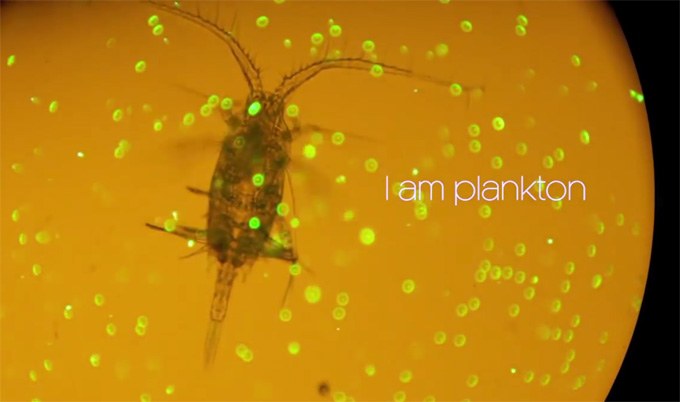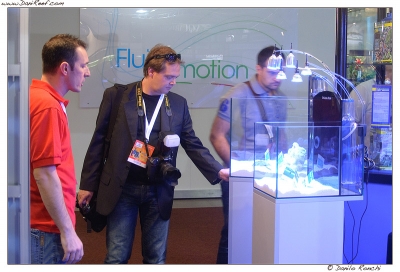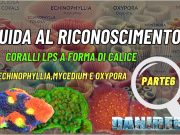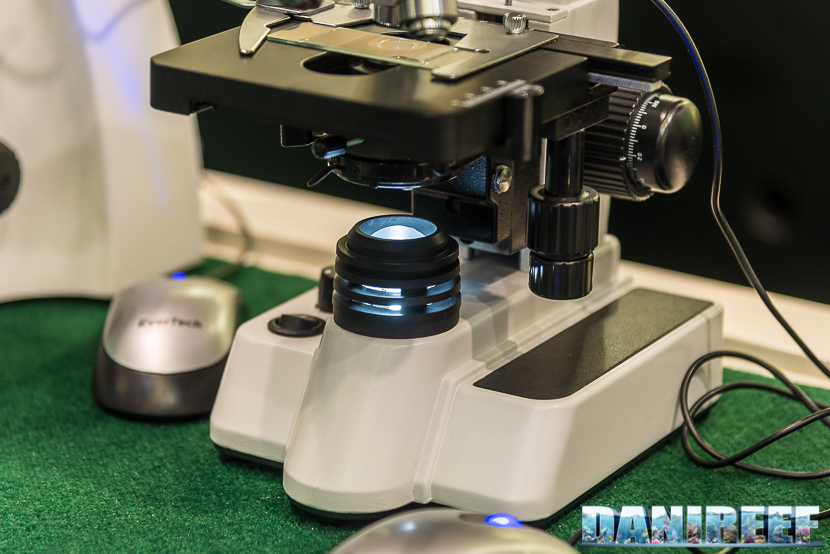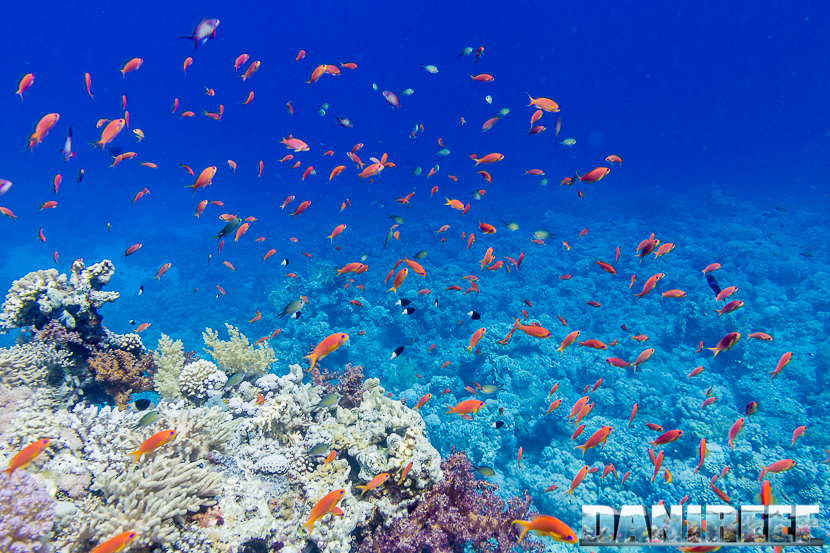
The earth surface is 71% covered by salt water and as we all know, between the parallels above and below the equator up to the 23 °26 ‘we have the greatest presence of coral structures and all the closely related organisms.
This article is also available in: ![]() italian
italian
The madreporic or corals structures are amongst the natural environments with the largest amount of living beings per square meter of the planet.
Coral reefs, as mentioned before, host tens of thousands of different organisms: the living conditions in which they are found are among the most extreme. In fact coral reefs thrive around extreme oligotropy, a term that in biology indicates the almost absence of nutrients dissolved in water, a condition that we all refer to in order to keep our aquariums beautiful.
If we consider the two aspects described above, there seems to be a problem: how can we have a high biodiversity but a nutrient deprived environment?
This particular environment like many others responds to a fundamental need that allows us to give this question a simple answer: “waste avoidance“. Everything classifiable as waste from an organism is nourishment for another and so on. This principle is easy to understand, but it is not sufficient, since the “producing” of a “new substance” can not be easily glimpsed.
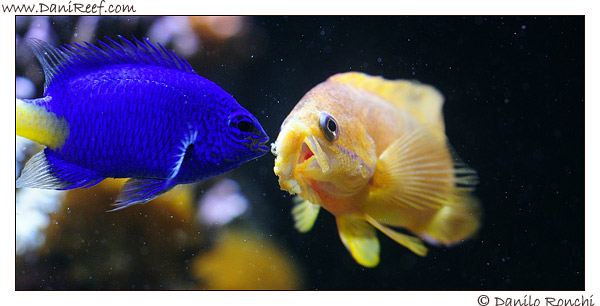
All the above can be correct if we are referring strictly to a coral reef environment sample.
But if we want to find the starting point of this cycle we need to look at a much bigger environment, the whole planet.
All oceans, from tropical to polar ones, are strictly connected by currents, warm or cold. The simple definition of cold and warm currents is not even correct itself, as in the same current there are different zones at different temperatures. This temperature change causes a variation of the water density and therefore a variation of the water weight density, which causes the current to sink or rise. The current sinks at lower temperatures, associated with higher density, and rises with higher temperatures and less density. In currents at deeper depths, the water is loaded with nutrients but low level of living organisms, and when it rises it takes those nutrients with it at the sea surface level, in an organism rich environment.

So we now have temperate superficial waters full of nutrients available to all autotrophic organisms.
As you understand now, it is not all strictly related to the reef and the majority of nutrient rich water is coming from hundreds of miles of distance and every season is associated with different nutrients brought to the coral reef.
The geographic location of the greatest reefs is very much related to the currents rising patterns, which propagate in several rising points. The coral reefs are found at the end of these current rising path.
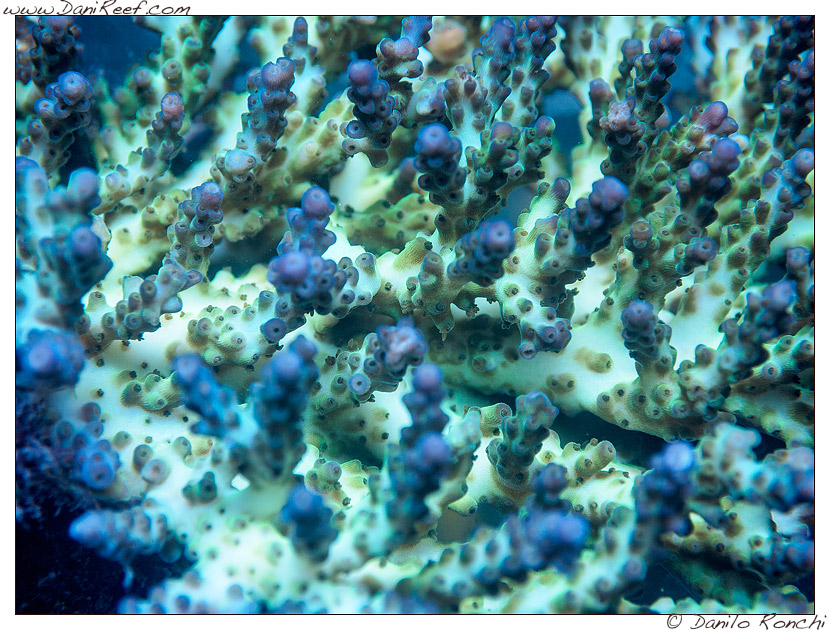
The autotrophic organisms are those that are able to produce everything they need for their metabolism and reproduction by using inorganic substances and an energy source. Most autotrophs use light or solar radiation to produce the energy needed for the formation of all the compounds needed, so most of the autotrophs we are interested in belong to the plant kingdom.
The autotrophic organisms growth, as mentioned above, is determined by several factors: nutrients, high temperature and solar irradiation for 3/4 daily hours.
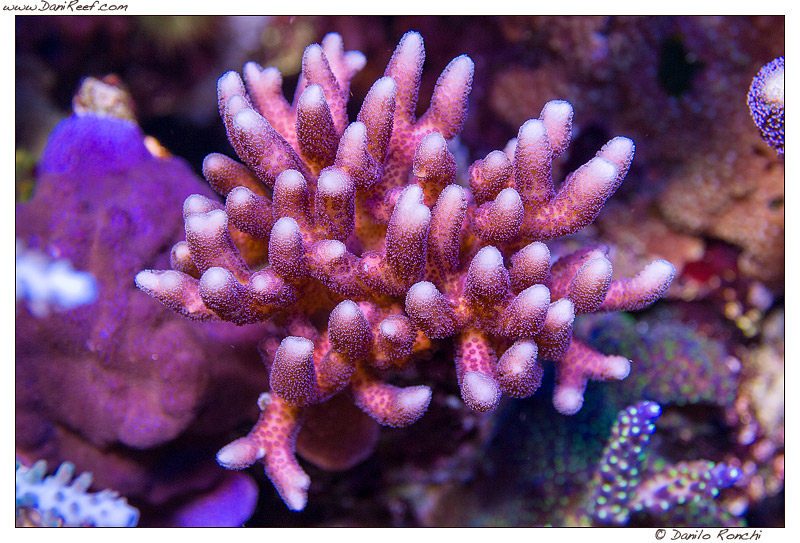
The autotrophic organisms and their consumers belong to the macro category of organic particulate matter (O.P.M.), while the nutrients present are organic and inorganic dissolved materials (O.D.M. and I.D.M.).
Nella successiva parte analizzerò più in dettaglio il P.O.M. nella sua componente a noi più interessante il Plancton e quello che lo compone, fornendo indicazioni sulle dimensioni e sulle varie tipologie che trovano un’applicazione per l’allevamento di coralli, invertebrati e pesci normalmente allevati nei nostri acquari.
In the following articles I will analyze OPM in details especially in its most interesting component from our perspective: the Plankton. I will provide some indications of plankton components dimentions and types which are relevant in their application for coral, other invertebrates and fish breeding in our tanks.
[Article by Davide Mascazzini – photos by Danilo Ronchi]
On the same subject:
- to be continued…







